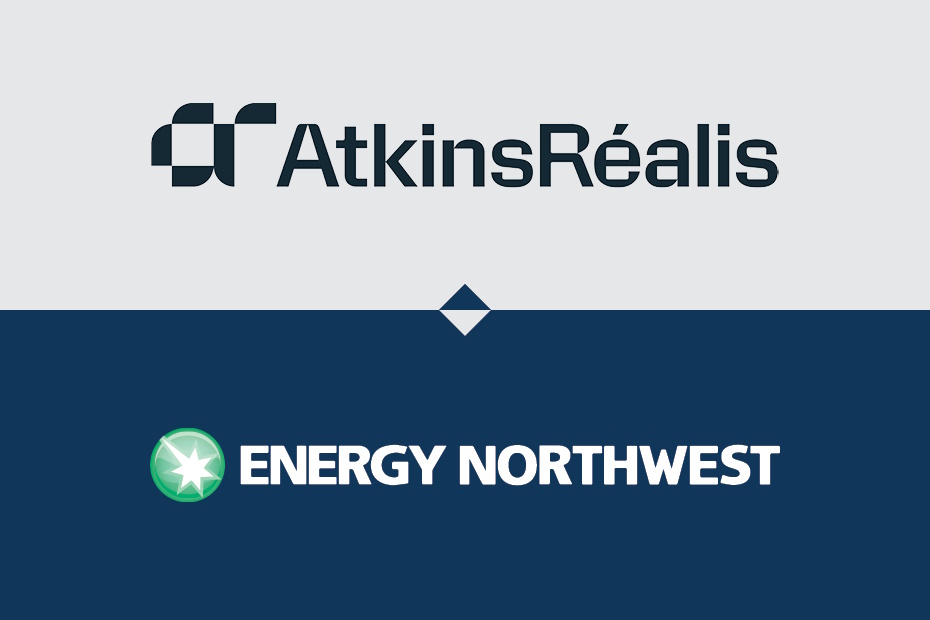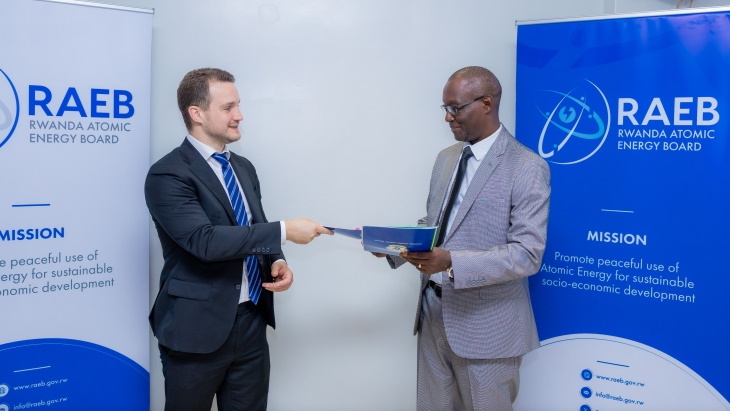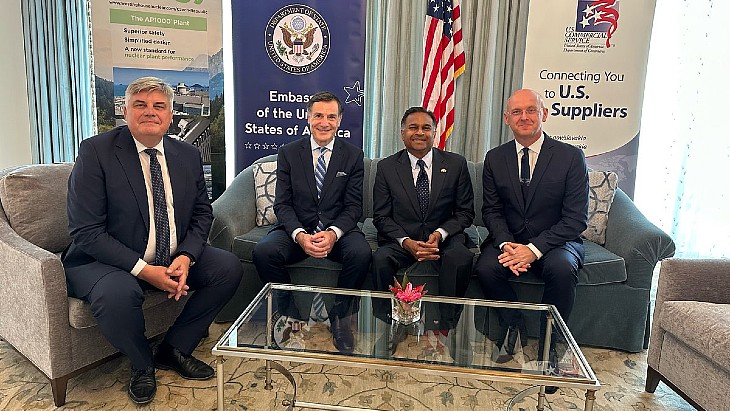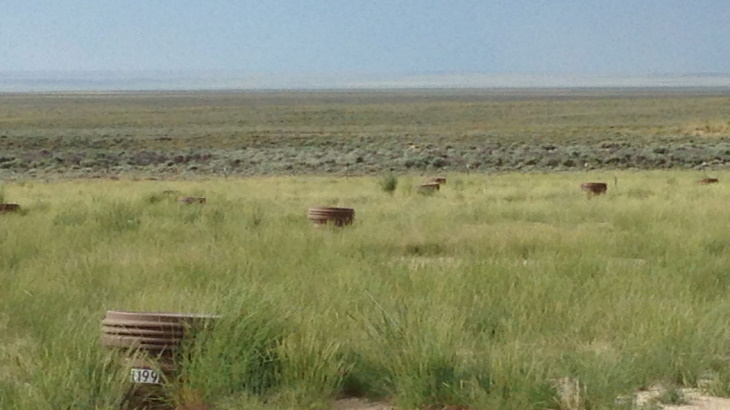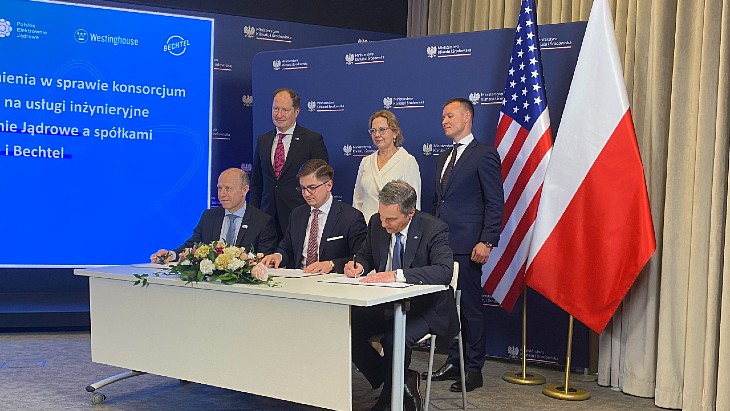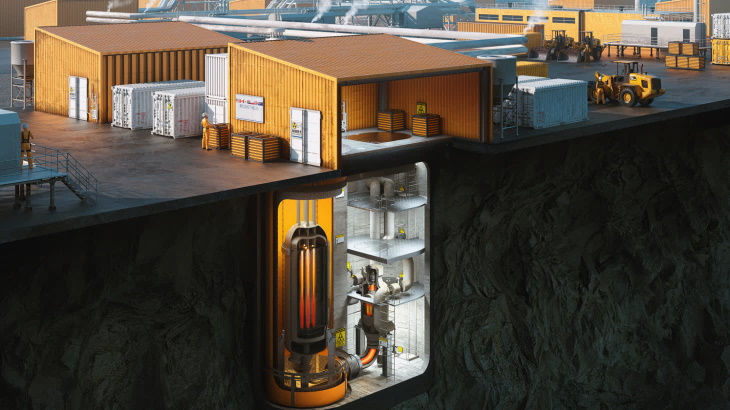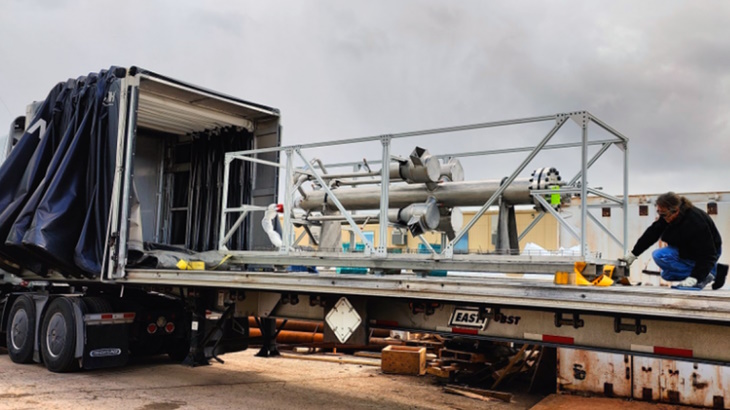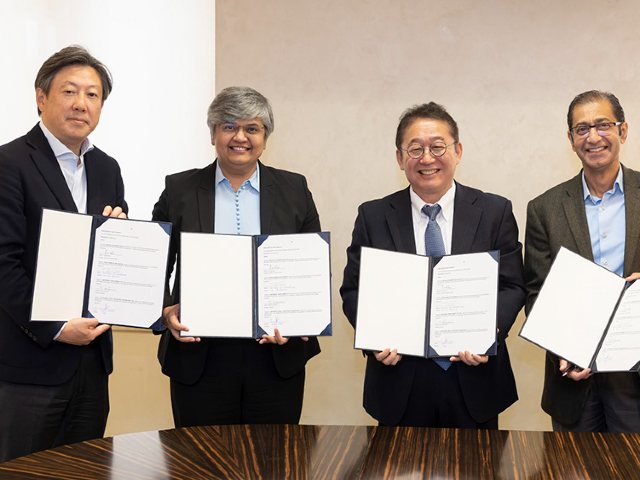 The signing ceremony in the UK. Credit: Mitsubishi Heavy Industries Engineering
The signing ceremony in the UK. Credit: Mitsubishi Heavy Industries Engineering
Global steel company ArcelorMittal has signed an agreement with Mitsubishi Heavy Industries Engineering (MHIENG) on a multi-year trial of MHIENG’s carbon capture technology.
The agreement, which involves a trial at ArcelorMittal’s five million-tonnes-a-year steel plant in Gent, Belgium and another site in North America, will see the partners identify ways to enhance carbon capture and utilisation and/or storage (CCUS) technologies in the steelmaking industry.
Together with global resources company BHP and Mitsubishi Development, MHIENG and ArcelorMittal will also conduct a feasibility and design study to support progress to full scale deployment.
In Gent, the trial will have two phases. According to MHIENG, the first phase involves separating and capturing the CO2 top gas from the blast furnace at a rate of around 300kg of CO2 a day. The second phase involves testing, separating and capture of CO2 from the offgases in the hot strip mill reheating furnace, which burns a mixture of industrial gases including coke gas, blast furnace gases and natural gas.
At the US-based, Direct Reduced Iron (DRI) plant, ArcelorMittal will install a mobile test unit incorporating MHIENG’s technology.
ArcelorMittal Belgium’s CEO, Manfred Van Vlierberghe, said: “The decarbonisation of the steel industry is a huge challenge that we cannot solve alone.
“Alongside our continued energy efficiency improvements, we are developing two routes to decarbonise steelmaking: Smart Carbon and Innovative-DRI. Both routes will contribute in our journey to deliver carbon-neutral steelmaking.
“The Smart Carbon route also allows us to integrate carbon capture and re-use (CCU) or storage (CCS) technologies, capturing carbon emitted during the steelmaking process. We are therefore proud to be working with BHP, Mitsubishi Development and Mitsubishi Heavy Industries Engineering on this pioneering Carbon Capturing pilot project, in ArcelorMittal Gent.”
Carbon capture activities are costly and require a lot of additional energy. This study aims to ultimately reduce the risk and cost associated with carbon capture, making it a more sustainable and attractive solution for the steel industry.
BHP’s chief commercial officer, Vandita Pant, said: “There is currently no certain or single pathway to net zero for steelmaking. CCUS is one of the key abatement technologies with potential to support development of some of those pathways, so working with industry leaders like ArcelorMittal, Mitsubishi Development and MHIENG, we hope to arrive at scalable solutions more quickly to help reduce carbon emissions in steelmaking.”
There are no full scale operational CCUS facilities in blast furnace steelmaking operations at present, according to MHIENG, with only a limited number of small capacity carbon capture or utilisation pilots underway or in the planning phases globally.
As the steelmaking industry is estimated to account for around 7-9% of global GHG emissions, the IEA estimates CCUS technology needs to apply to more than 53% of primary steel production by 2050 for the Net Zero Emissions scenario to be achieved.

